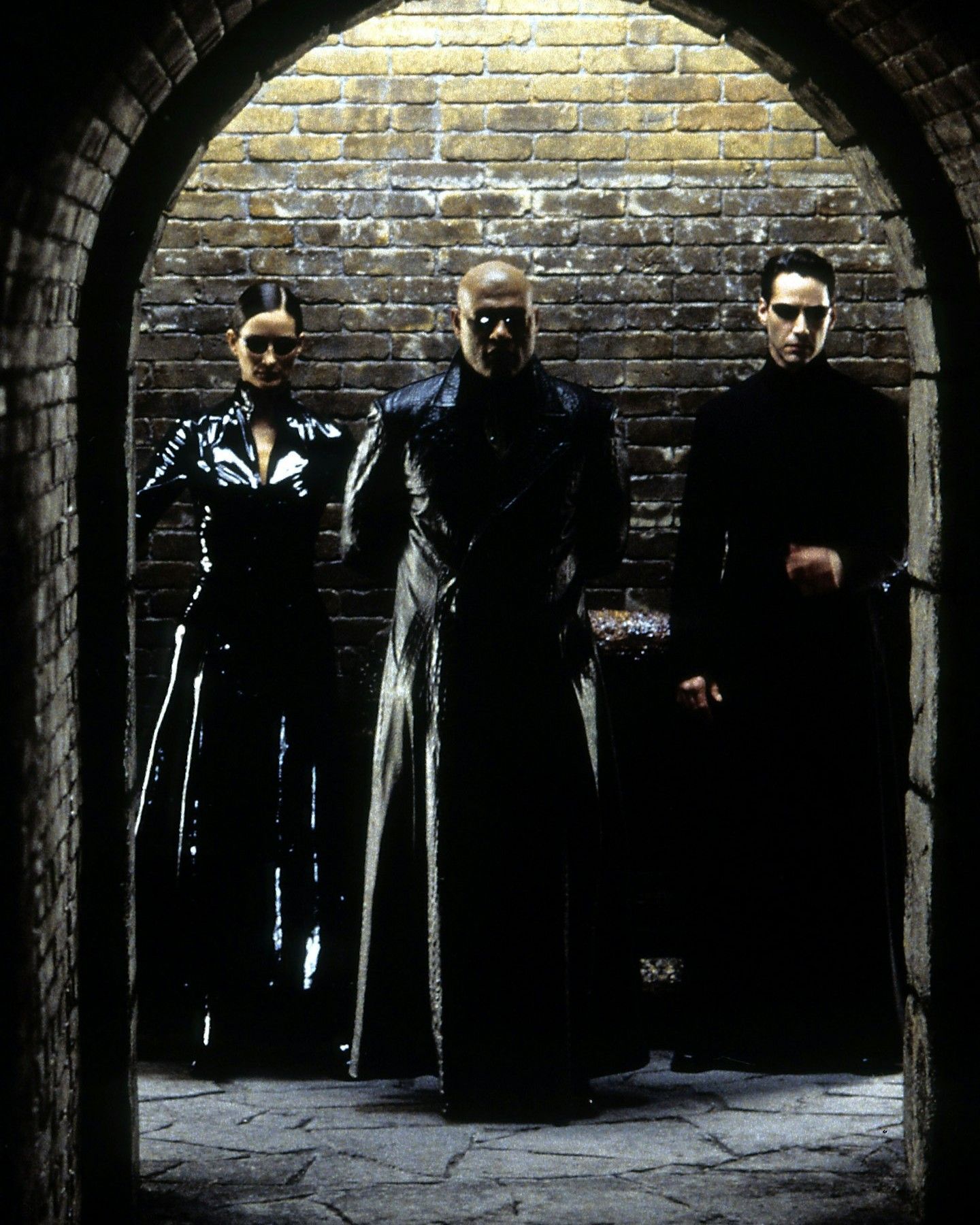
Is the Matrix really about being trans? A theory confirmed by the directors themselves
Warner Bros recently announced that the fifth film in the Matrix saga is in production. However, the official title and cast are not yet known – it's not even clear if Keanu Reeves (Neo) and Carrie-Anne Moss (Trinity) will be involved. For now, all that is known is that the film will be written and directed – at his own proposal – by Drew Goddard, already known for The Martian and the acclaimed horror film The Cabin in the Woods. It will therefore be the first installment of the saga not to be overseen by either of the Wachowski sisters, who turned Matrix into the cult product it is today. When it was released in 1999, it was an immediate success: it won four Oscars and quickly became part of mainstream culture. Matrix also managed to anticipate many themes, subsequently influencing fashion, literature, and even the film industry itself. But above all, it managed to address, between the lines and in its own way, issues related to gender – something unheard of in Hollywood at the time. A few years ago, in fact, director Lilly Wachowski definitively confirmed a theory that some critics and fans had been suggesting for years, namely that Matrix was conceived from the beginning as a grand and complex metaphor for the experience of being transgender. The Wachowski sisters themselves, Lilly and Lana Wachowski, are transgender women – at the time of the release of Matrix, they were known as the "Wachowski brothers": the first came out in 2016, while the second in 2012.
What does the transgender metaphor of Matrix consist of?
According to the theory in question, the neuro-simulation in which many of the humans live in the film, which gives the film its name, essentially represents gender binary. In this sense, the protagonist Thomas Anderson experiences gender dysphoria – he leads a parallel life (as a hacker) and goes by another name (Neo). The film is full of clues that suggest this interpretation. When Morpheus first meets Neo, referring to his condition and to Matrix (i.e., the opposing system based on gender binary), he says, "You feel something, you can't explain it. You've felt it your entire life, that there's something wrong with the world. You don't know what it is but it's there, like a splinter in your mind, driving you mad." At one point in the film, Trinity tells Neo, "Matrix cannot tell you who you are." And again: when the Oracle meets Neo, she points out the inscription "temet nosce" – which means "know thyself." Another small detail that emphasizes how Matrix is actually a metaphor for being transgender was noticed in 2016: the main antagonist of the film, Agent Smith, refers to Neo only by the name he himself has rejected, namely "Mr. Anderson." This dynamic, which transgender people tend to experience from those who do not accept their identity. Then there's the red pill, through which Neo manages to exit the Matrix, i.e., the system that limits his own nature: it's not surprising that, in the 1990s, the medication transgender people took to undergo hormone therapy was indeed a red pill.
some dope: the matrix isn't a trans metaphor
— Stolen Dune (@StolenDans) September 3, 2022
characters from the matrix: hello, neo, my name is switch. these are my friends andrygene, hermaphroditus, and chaser
Lilly Wachowski, speaking in the 2020 documentary Disclosure, dedicated to the representation of transgender people in cinema, said she was happy that the real meaning of Matrix has finally emerged; she then clarified that the transgender metaphor was the original intention of the story, but the world and the production companies were not yet ready at the time. In one of the early versions of the screenplay, for example, the character of Switch – who is part of the resistance – was supposed to be a transgender person, presenting as a man in the real world and as a woman within the Matrix. In the end, however, the Wachowski sisters in the final version had to settle for characterizing the character of Switch (whose name derives from one of the English forms of the verb "to change") only with an androgynous style. The metaphor on which Matrix is based is also evident in the concluding scene, where numerous vertical strings of code are seen and the inscription "system failure" – meaning "system error." While Neo's voice says "I know you're afraid of us, afraid of change," the shot moves closer and closer to the center of the inscription, ending up in the space between the letters "M" and "F". According to the theory in question, that space represents the spectrum within gender binary, between being male ("M") or female ("F").














































